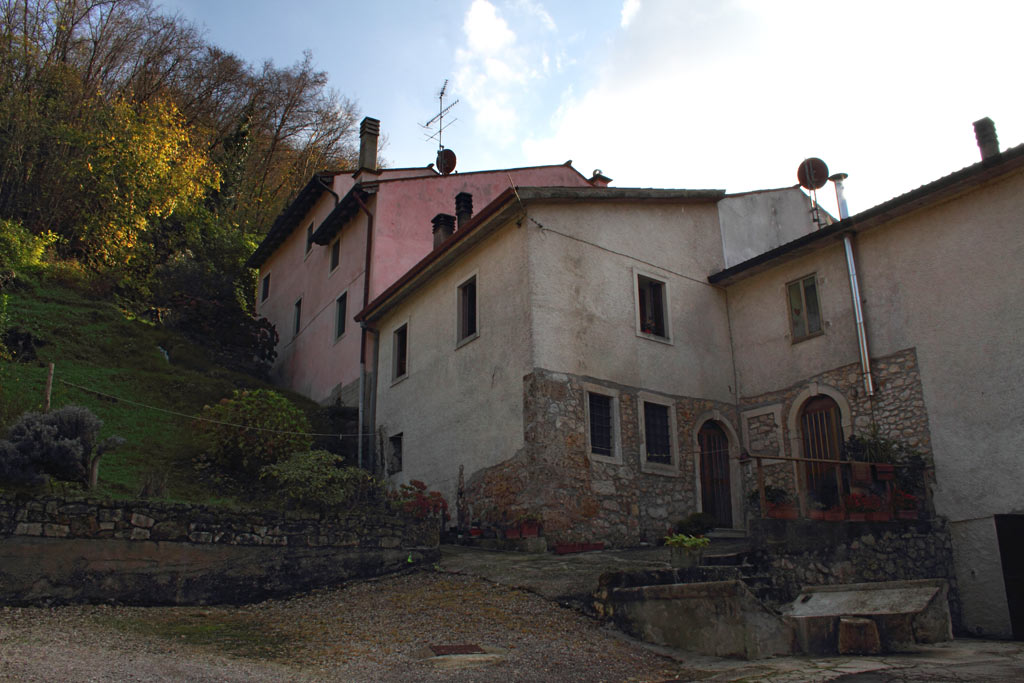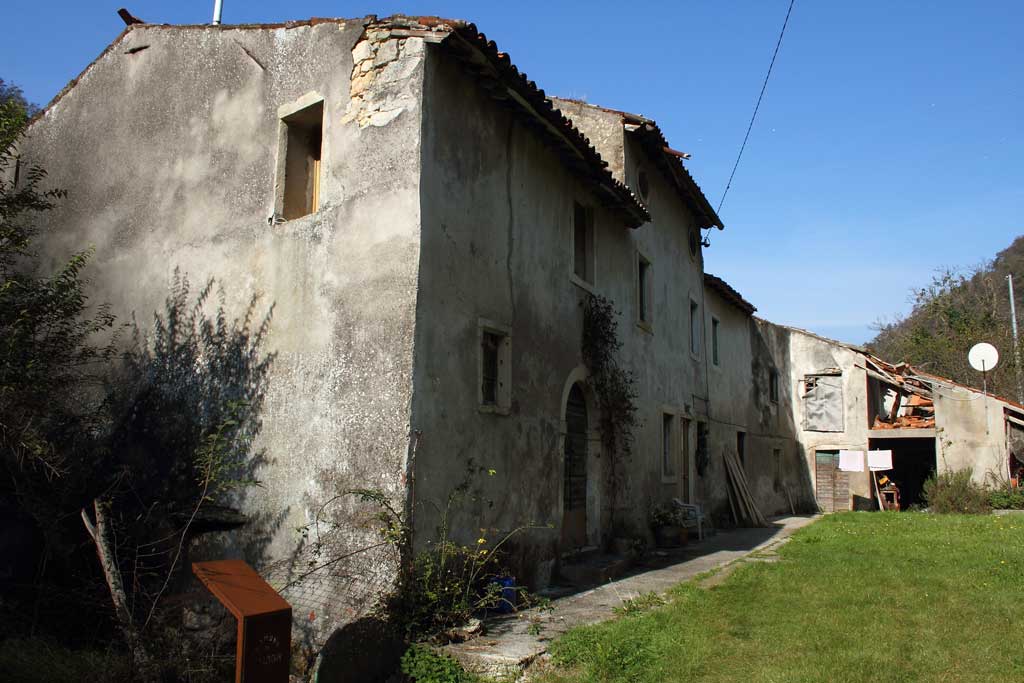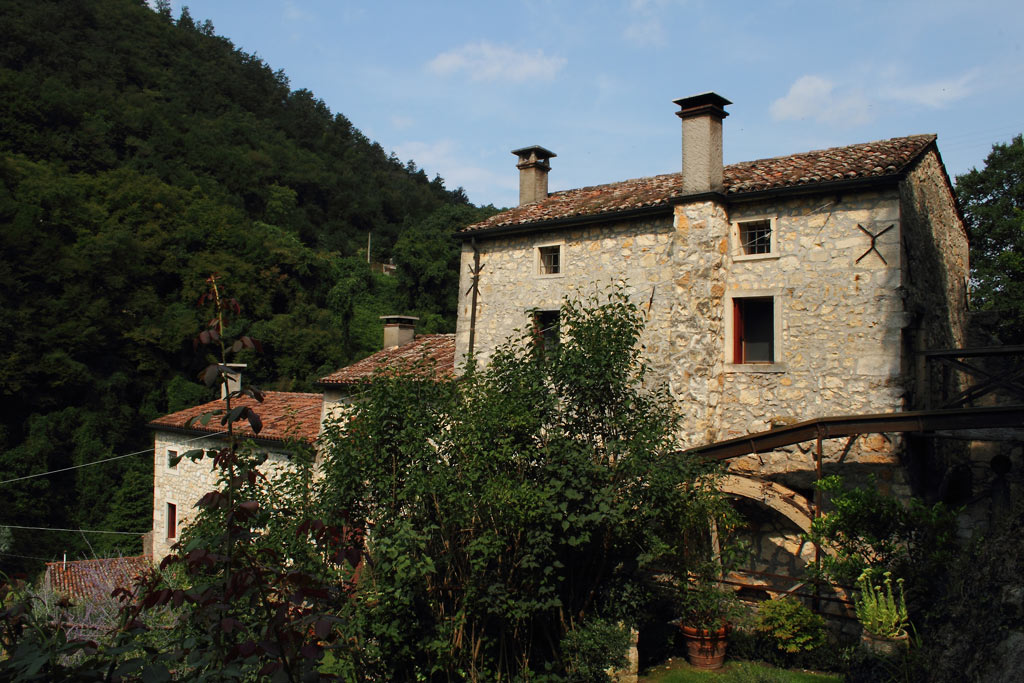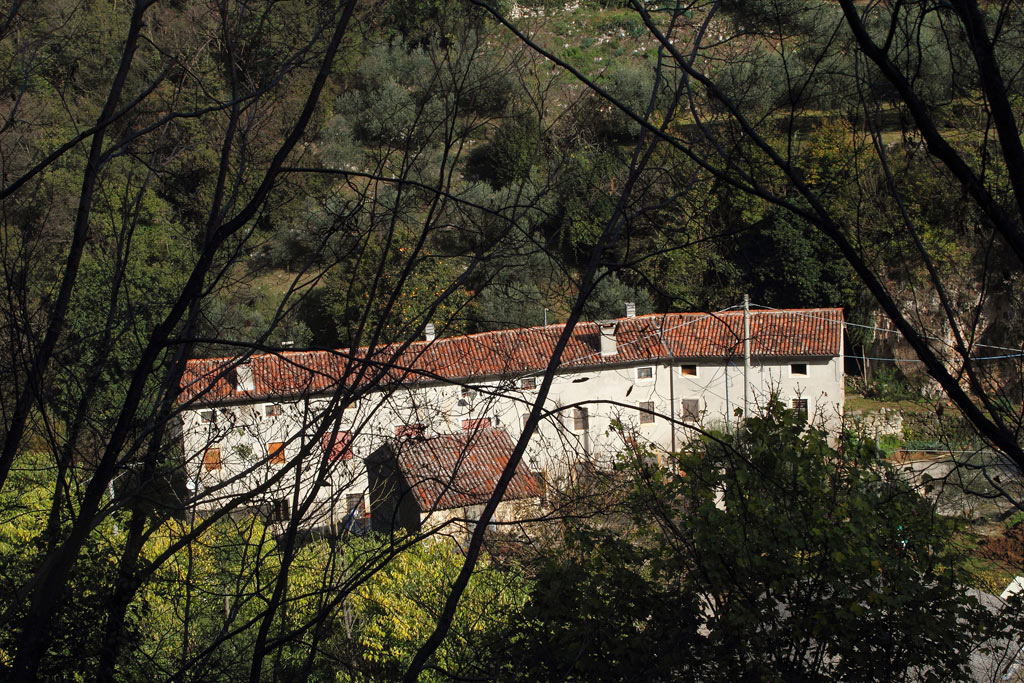The first Vitruvian mills were located in places with an abundance of running water where this was striking the bottom of a paddle wheel immersed in the water. Later improvements occurred when the water was forced to strike with its weight a greater number of paddles through a slanted channel that overshot by one-sixth the perimeter of a big wheel. With this mixed “strike-weight” system the mill required a smaller amount of water and could also be built away from natural water features. All that was needed was to make a canal flow to the point where there could be a small “waterfall”.
Of all the Berici valleys equipped with a water mill, Calto is undoubtedly the most beautiful from a scenery point of view. In this place you can still enjoy the atmosphere of an untouched place intimately linked to the use of water through the centuries.







